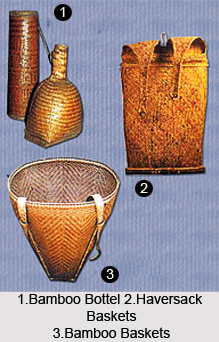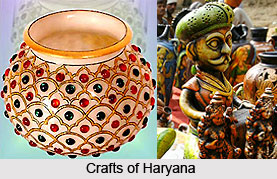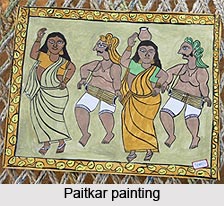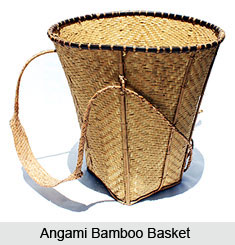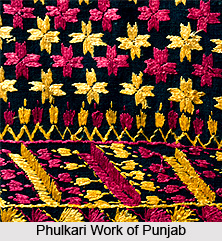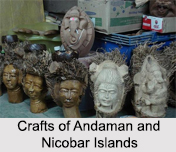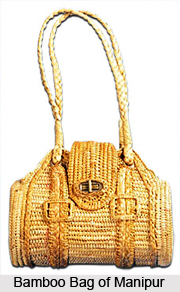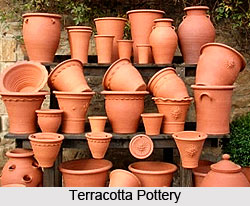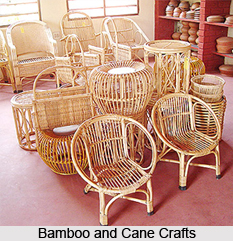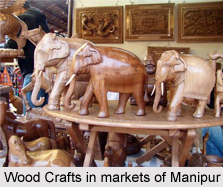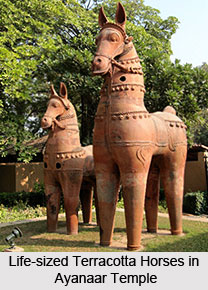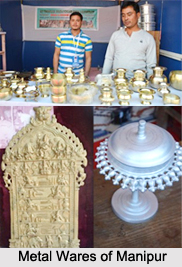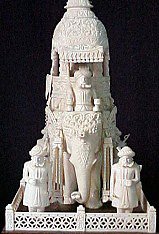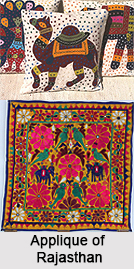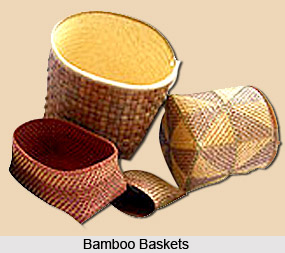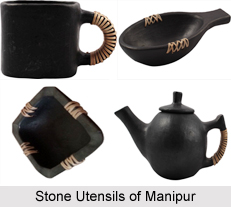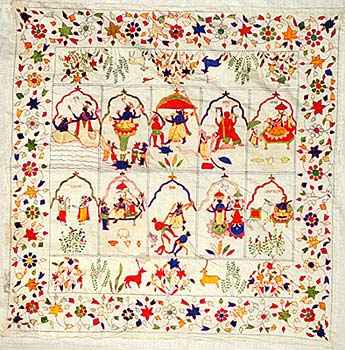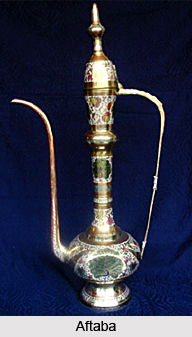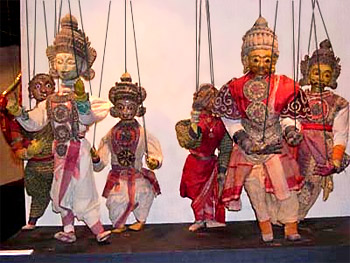Ivory, made from the teeth of elephants, has been found in use in the hills and valley of the northeast Indian state of Manipur since ancient times, even though elephants are not naturally found anywhere in the state. History though states that one of the sons of the ruler of Manipur used to hold the office of in-charge of elephants, which not only shows that they knew about this large animal but also reflects that the king certainly used to have elephants in their stable. The elephants must have been brought either from Cachar or Burma or Far East. There is another story of Maharaja Joy Singh who could tame a wild elephant, in order to earn favour of the Ahom king with whose help he could regain his throne. In remembrance of this event, a statue of elephant with Joy Singh was erected at the heart of capital city Imphal. Scholar T. C. Hodson has also reported in his book "The Meitheis", that the Manipuris were experts in turning and carving ivory, remarking in a footnote: "I have seen some really exquisite ivory carving done by a Manipuri who acquired his skill in a jail in Burma". All these records are only evident of the idea that the land of Manipur was well known for ivory craft since the ancient period. And it is necessary to elucidate this craft vis-a-vis hills and valley separately, with the products and traditions being different. But the use of ivory both on the hills and the valley was found to be plentiful. It was probable that the teeth of elephant were procured either from Burma or Cachar, through barter trade and then desired products were carved out.
Hill Ivory Craft of Manipur
The tribes of all the 3 groups native to the hills of Manipur - the Nagas, the old Kukis and the new Kukis, make simple ivory crafts mostly ornaments. They cut the elephant teeth into slices, carving out armlets, wristlets or bangles, rings and earrings according to the diameter of the slice. These ornaments are considered prized ornaments, used as an essential facet of their Manipuri dance attire. While hollowing the slices, the leftover pieces that come out are used to make various miscellaneous items.
Valley Ivory Craft of Manipur
The Meitheis of the valley of Manipur are however much superior makers of ivory craft, having had been exposed to various other states of India since couple of centuries. They have observed and learnt about different products that can be crafted out of ivory. Subsequently, the craft developed owing to royal patronage and products initially made were as desired by the king, with motifs that were mostly Hindu (specifically Vaishnava) icons. There were also products of the typical Meithei style.
But the merger of the tribes of the hills and the valley of Manipur caused the ivory craft in the state to languish. It had an initial setback after merger as the royal patronage was suddenly withdrawn and later on pressure from the wildlife groups made the use of ivory legally banned in the state. The talent and art of many old artisans though sustained, in the scenario of which, it is necessary to go for alternate material which is acceptable legally, to produce identical items such that both the artisans and elephants survive.
Some old preserved ivory works of Manipur can be found in the royal palace and in the house of old nobles. Some of them are also found in the state museum. These works have only justified the skill of highest magnitude of the artisans of the state.
Related Articles:
Manipur
Nagas
Kukis
Cane and Bamboo Crafts of Manipur
Crafts of Manipur
Imphal
Ivory Art in India
Ivory Craft in India
Manipuri Dance
Manipur State Museum
